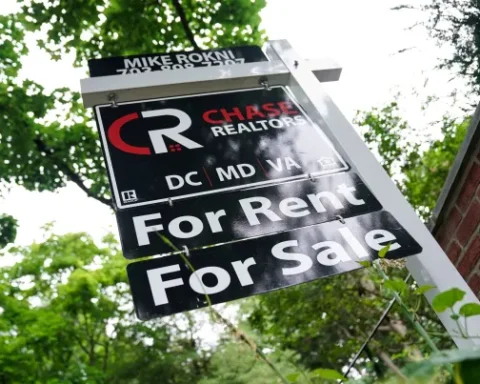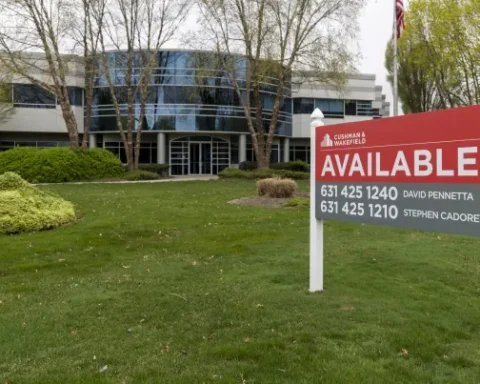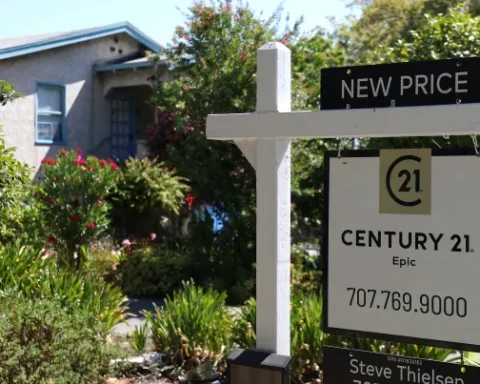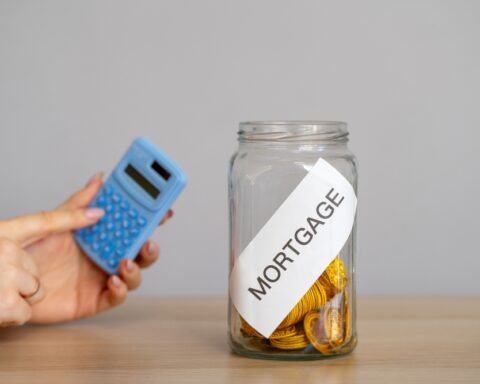As the spring housing market grapples with numerous challenges, including low supply, elevated prices, and surging interest rates, new home sales have surprisingly moved upward. Despite the deterrent of 7% mortgage rates, new construction draws attention with better incentives and availability than previously owned homes. Nicole Bachaud, a senior economist at Zillow Group, notes, “There’s more opportunity in new construction.”
New Construction Draws Buyers
A Shift Toward New Homes
The U.S. Census Bureau and the U.S. Department of Housing and Urban Development report that about 693,000 new single-family houses were sold in March, marking an 8.3% increase from the previous year. The median sales price was noted at $430,700. In contrast, sales of previously owned homes fell by 3.7% from March 2023, as the National Association of Realtors reported. This shift suggests that homebuyers are increasingly focusing on new builds due to their relative benefits in the current economic climate.
The Lock-in Effect on Mortgage Rates
Golden Handcuffs Deter Sellers
The mortgage rate lock-in effect, or “golden handcuff,” significantly impacts the housing market. This effect deters existing homeowners from selling their properties as they would have to exchange their low-interest rates for considerably higher current rates. Nicole Bachaud explains that this results in a meager inventory of existing homes on the market, further complicating the situation for potential homebuyers.
Homebuilders Offer Incentives
Flexibility Leads to Opportunities
With the mortgage rates for 30-year fixed-rate loans consistently above 7%, homebuilders are offering various incentives to fill the demand. These incentives include rate buy-downs, price cuts, and sometimes even covering closing costs. Matthew Walsh, assistant director and economist at Moody’s Analytics, observes, “This has been helping incentivize some potential buyers to turn to the new home sales market,” indicating a strategic shift by builders to attract more buyers despite the economic pressures.
Narrowing Price Gap Between New and Existing Homes
Closing the Price Disparity
Interestingly, the price gap between new and existing homes has significantly narrowed. “Prices are much closer to parity than during any point in the last three decades,” says Walsh. Over the past six months, the median price for new homes was only about 4% higher than existing homes—a stark contrast to the pre-pandemic times when new homes were more than 40% pricier. Builders prioritizing transaction volumes over profit margins is a notable strategy that seems to be paying off, making new homes more accessible to a broader audience.
The landscape of the U.S. housing market is undergoing a noticeable transformation. High mortgage rates and the lock-in effect are reshaping buyer preferences towards new construction, where the incentives and narrowing price gaps make new homes an increasingly attractive option. As potential buyers continue to navigate through these changes, the resilience of the new home market could lead to more sustainable growth and opportunities within the housing sector.







